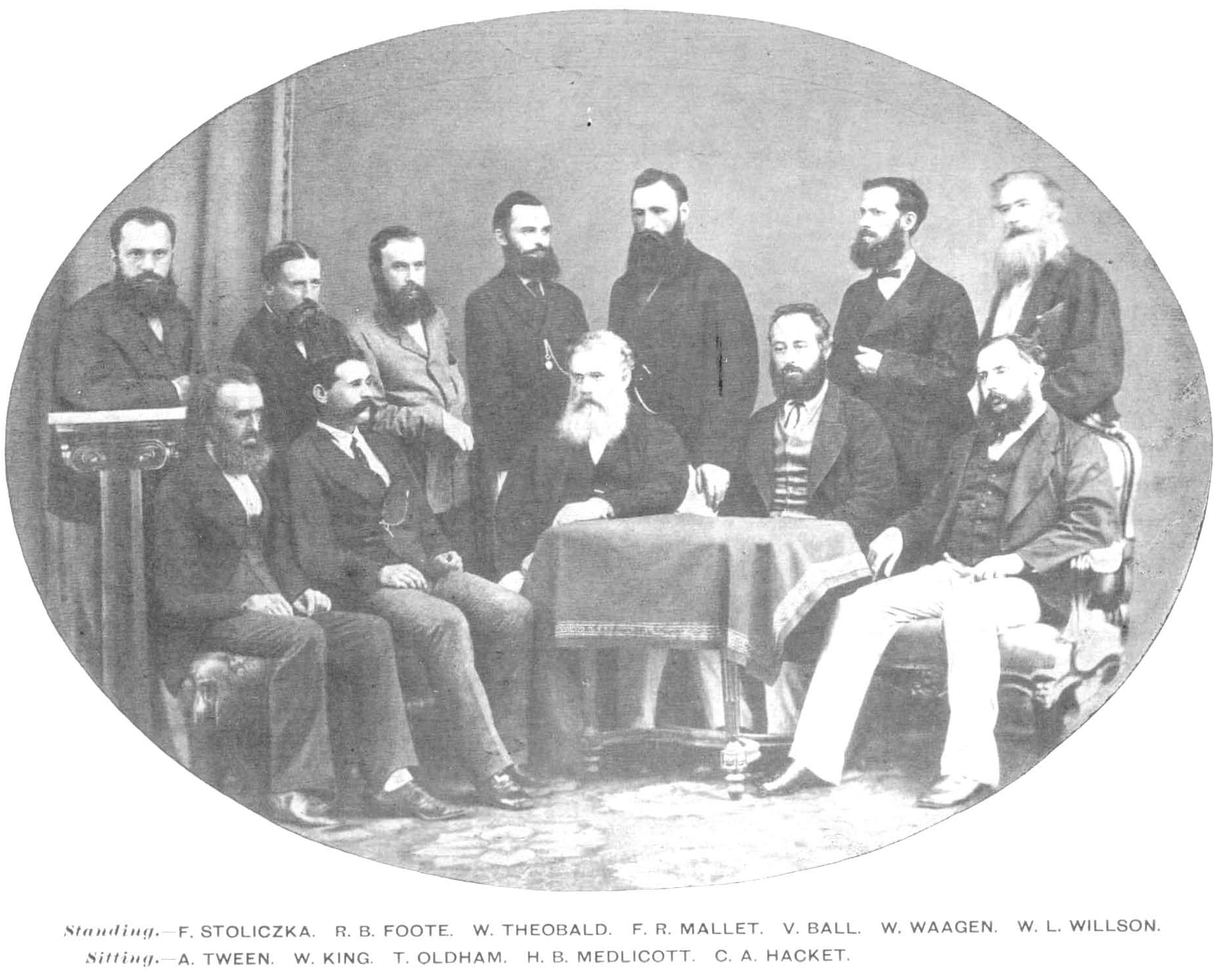|
Spiriferida
Spiriferida is an order of extinct articulate brachiopod fossils which are known for their long hinge-line, which is often the widest part of the shell. In some genera (e.g. '' Mucrospirifer'') it is greatly elongated, giving them a wing-like appearance. They often have a deep fold down the center of the shell. The feature that gives the spiriferids their name ("spiral-bearers") is the internal support for the lophophore; this ''brachidium'', which is often preserved in fossils, is a thin ribbon of calcite that is typically coiled tightly within the shell. Spiriferids first appear in the Late Ordovician with the appearance of ''Eospirifer radiatus''. They increased in diversity throughout the Silurian and underwent a dramatic evolutionary radiation during the Devonian period, reaching peak development in variety and numbers. Spiriferida survived the great Permian extinction, finally becoming extinct during the Early to Middle Jurassic. Fossils of this order are often preserved a ... [...More Info...] [...Related Items...] OR: [Wikipedia] [Google] [Baidu] |
Mucrospirifer
''Mucrospirifer'' is a genus of extinct brachiopods in the class Rhynchonellata (Articulata) and the order Spiriferida. They are sometimes known as "butterfly shells". Like other brachiopods, they were filter feeders. These fossils occur mainly in Middle Devonian strata and appear to occur around the world, except in Australia and Antarctica. The biconvex shell was typically 2.5 cm long, but sometimes grew to 4 cm. The shell of ''Mucrospirifer'' has a fold, sulcus and costae. It is greatly elongated along the hinge line, which extends outward to form sharp points. This gives them a fin- or wing-like appearance. The apex area (umbo) of the pedicle valve contains a small fold for the pedicle. ''Mucrospirifer'' lived in muddy marine sediments, and were attached to the sea floor via the pedicle. The shell sometimes looks like two seashells stuck together. Species *''Mucrospirifer albanensis'' *''Mucrospirifer arkonensis'' *''Mucrospirifer bouchardi'' *'' Mucrospirifer ... [...More Info...] [...Related Items...] OR: [Wikipedia] [Google] [Baidu] |
Brachiopod
Brachiopods (), phylum Brachiopoda, are a phylum of trochozoan animals that have hard "valves" (shells) on the upper and lower surfaces, unlike the left and right arrangement in bivalve molluscs. Brachiopod valves are hinged at the rear end, while the front can be opened for feeding or closed for protection. Two major categories are traditionally recognized, articulate and inarticulate brachiopods. The word "articulate" is used to describe the tooth-and-groove structures of the valve-hinge which is present in the articulate group, and absent from the inarticulate group. This is the leading diagnostic skeletal feature, by which the two main groups can be readily distinguished as fossils. Articulate brachiopods have toothed hinges and simple, vertically-oriented opening and closing muscles. Conversely, inarticulate brachiopods have weak, untoothed hinges and a more complex system of vertical and oblique (diagonal) muscles used to keep the two valves aligned. In many brachiopods, ... [...More Info...] [...Related Items...] OR: [Wikipedia] [Google] [Baidu] |
Wilhelm Heinrich Waagen
Wilhelm Heinrich Waagen (23 June 184124 March 1900) was a German geologist and paleontologist. He was born in Munich and died in Vienna. Overview He received a Doctor of Philosophy degree at the University of Munich, where he studied the rocks and fossils of the Jurassic system, and published an elaborate work on geology (''Versuch einer Allgemeinen Classification der Schichten des oberen Jura'') that was crowned by the university. In 1866 he became an instructor in palaeontology at the University of Munich and at the same time taught Princess Theresa and Prince Arnulf of Bavaria. Although an excellent teacher, and especially competent in practical work, Waagen, who was a most loyal Catholic, had little prospect of obtaining a professorship at the University of Munich. Consequently, in 1870, he accepted the offer of a position as assistant in the geological survey of India, and was appointed palaeontologist in 1874. In 1875, he returned permanently to Europe because of the severit ... [...More Info...] [...Related Items...] OR: [Wikipedia] [Google] [Baidu] |

